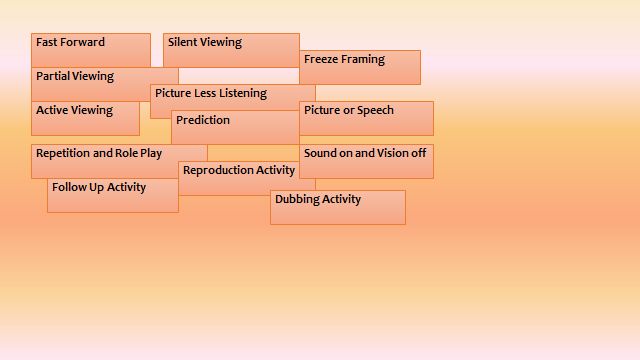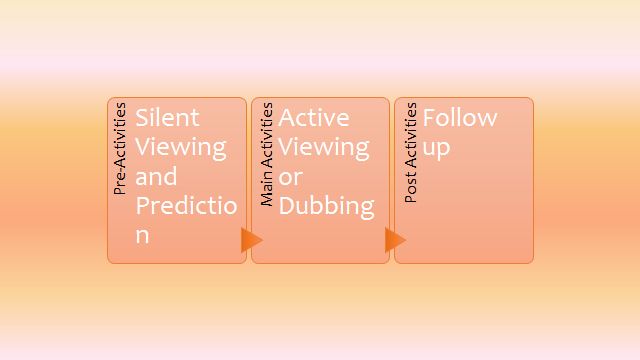Learning is a holistic process and continues through our life. It needs hard work. So, no wonder when sometimes students frustated and get bored in learning process. They lose their attention to a lesson.
This is why teachers need to use media in teaching-learning process, that is to make teaching-learning process more interesting and effective so that can attract students' attention. The term "media' is derived from "medium", which means carrier or mode. The term was first used with the advent of newspapers and magazines.
Today, media is playing an outstanding role in strengthening the society. Even media can make teaching-learning process more effective, but sometimes they disturb teaching-learning process because not all of teachers know how to implement it correctly.
There are many kinds of media, for instance video, picture, paper, mini blackboard, diagram, chart, media social, etc. In this article, the writer tried to elaborate the use of video in language learning process.
There are three goals of teaching English with video materials: (1) to facilitate the development of EFL learners' language skill, (2) to cultivate students' competence of intercultural communication, and (3) to cultivate students' aesthetic values and ability to appreciate English videos of Artistic values (Wang, 2015). Then, Berk (2009) in Hadijah (2016) stated several commons procedures of using a video clip in teaching:
- Pick a particular clip to represent main content of the video.
- Prepare guidelines for students' activities and discussion questions on what they have to see, hear, look for.
- Introduce the video briefly.
- Play the video.
- Stop the video at any part to highlight a point or replay it for exercises.
- Set a time for reflection what they have watched.
- Design an active learning activity.


- Silent viewing and prediction is when teachers play the video at normal speed without the sound. Then, students have guess what characters are saying. After they have done, teachers will re-play the video with sound and check they guessed.
- Active viewing is where students watch the whole video and teachers will ask them to share what they have watched.
- Dubbing is when students watch the video, after that they will fill in the missing information.
- Follow up is when students discuss and share what they have watched. Teachers will guide students with the challenging questions.
Video gives positive impact in teaching-learning process. Through video, the students not only listen how the language used by native speakers, but they also can see about the language used in the real context of communication.
The challenge in using video as the teaching-learning media is when selected the types of video that can be presented in the classroom. So, teachers have to be able to prepare the appropriate video based on the students' need and subject materials.
Bibliography:
Hadijah, S. (2016). Teaching by using video: ways to make it more meaningful in efl classrooms. ISELT-4. Pp. 307-315.
Kozma, R.B. (1994). The influence of media on learning: the debate continues. SLMQ. 22 (4).
Preeti. (2014). Education and role of media in education system. IJSER. 2 (3). Pp. 174-177.
Woolfitt, Z. (2015). The Effective Use of Video in Higher Education. Lectoraat Teaching, Learning and Technology, Inholland University of Applied Sciences.
Baca konten-konten menarik Kompasiana langsung dari smartphone kamu. Follow channel WhatsApp Kompasiana sekarang di sini: https://whatsapp.com/channel/0029VaYjYaL4Spk7WflFYJ2H








